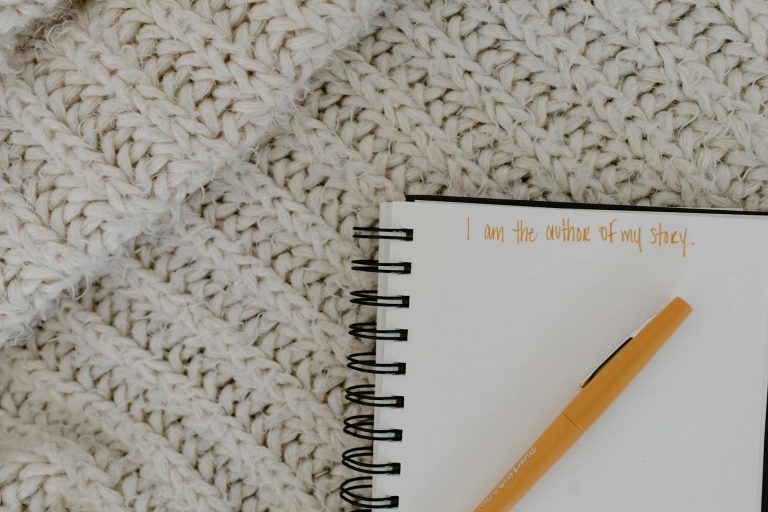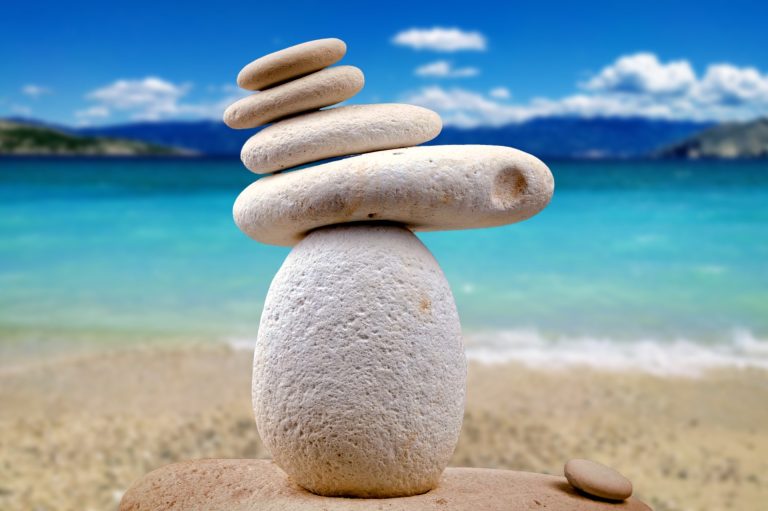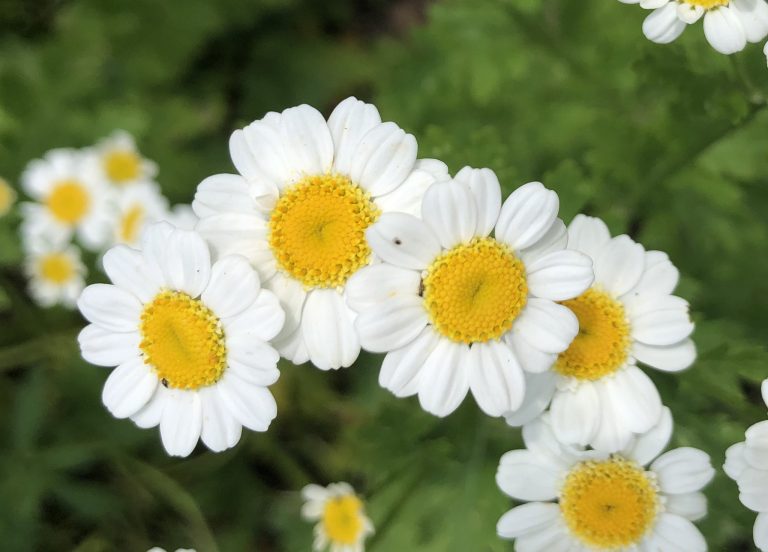Baoding balls may have been invented in China’s city of the same name, located in Hebei Province, but the Chinese characters reveal another layer of meaning. Bao (保) carries the meaning “to protect, defend, or ensure,” while ding (定) usually means “to fix, or make definite.” In China, these specialized spheres are referred to as baoding (保定) jianshen (健身) qiu (球), or “ensure healthy-body balls.” They have been used for many centuries to promote both physical and mental health.
A brief history of Baoding balls
Like many tools that have traveled through the ages, Baoding balls have a fascinating history of evolution. The ancient practice of manipulating small spheres with the hands began around 2,000 years ago in the Han Dynasty, when common walnuts (Juglans regia) — much like the ones we enjoy today — were employed to improve coordination and strength in the fingers.
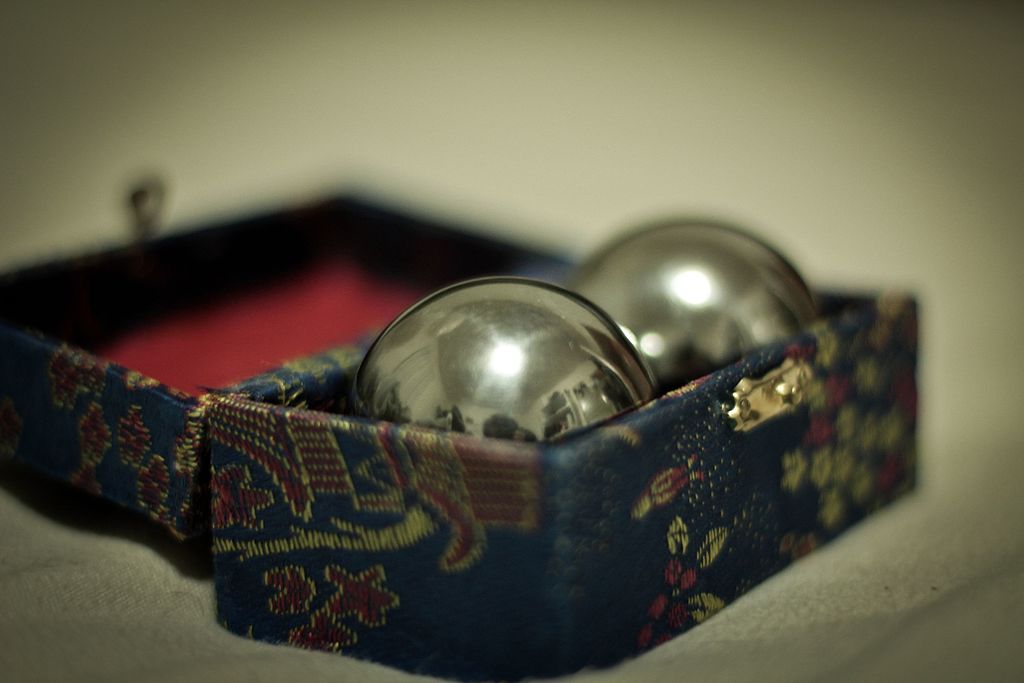
Sometime in the Song Dynasty (960-1279), walnuts were replaced with iron balls — which gave them additional status as weapons. Martial artists also found them useful in their discipline; plus it is believed that the heavy balls placed pressure on important acupoints in the hand, benefiting the whole body.
By the Ming Dynasty, hollow balls were developed for easier handling, presumably under the direction of Emperor Jia Jing; but they only gained widespread popularity in the Qing Dynasty (1644–1912), after a physician prescribed them to Emperor Qianlong. He used them every day, and whether by consequence or coincidence, he became China’s longest living emperor.
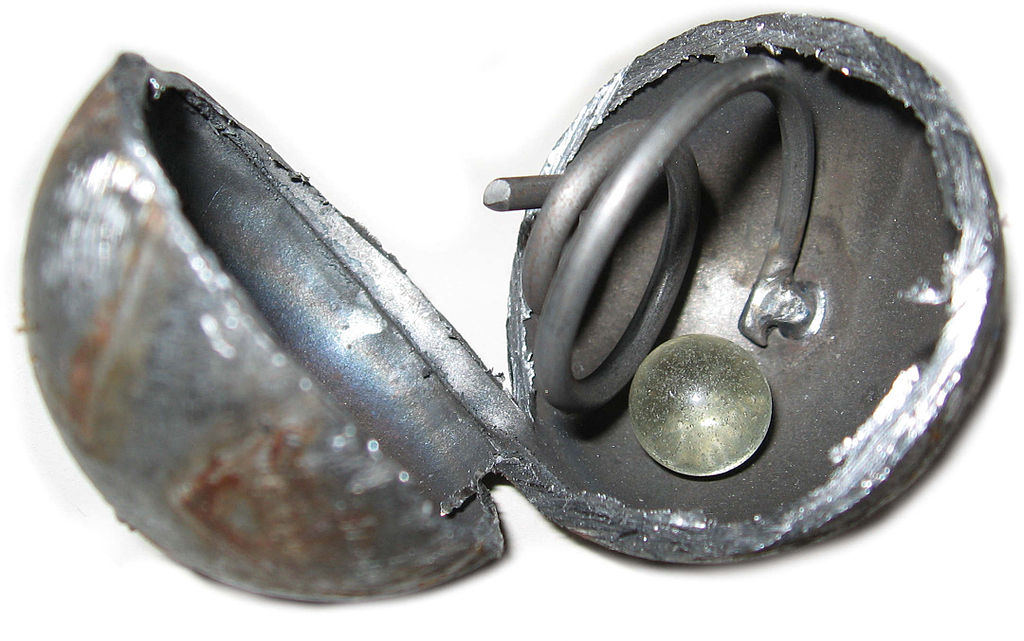
Inspired by this outcome, everyone — young and old, rich and poor — started using Baoding balls for health purposes. The popular hollow balls afforded the addition of a new feature — chimes. Following the yin yang principles for balance and harmony, one ball chimes in a high tone (representing yin), and the other chimes in a low tone (representing yang). These balls are often decorated with intricate, colorful designs, using the ancient technique of cloisonné.

Potential benefits of Baoding balls
Success
You are now signed up for our newsletter
Success
Check your email to complete sign up
Because of the mental concentration and physical coordination required to handle them, Baoding balls are considered to be good therapy for restoring both mind and body. Exercising the brain and muscles together can boost energy and blood circulation, promoting overall health.
Exercising the hands with Baoding balls can help reduce pain from arthritis, carpal tunnel syndrome, and tendonitis. As it builds strength and dexterity, it is also useful training for many other activities — including sports, artistic endeavors or playing an instrument.
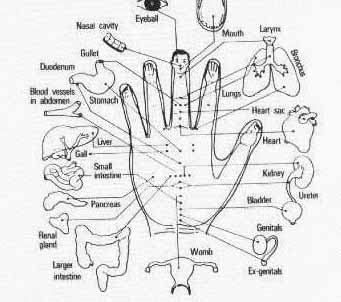
Based on the holistic approach of Chinese medicine, various points on the fingers and the rest of the hand are connected via meridians to other organs and areas in the body. Regular stimulation of these points can help promote natural healing.
With practice, the use of Baoding balls also becomes meditative and relaxing. Like the popular fidget spinner, using the balls can help dissipate nervous energy. Many find that they greatly reduce stress and improve focus.
How to use Baoding balls
Baoding balls are meant to be rotated in the palm. The pair of balls should be the same size, although that size will depend on the person and their skill level. Balls measuring about 1½ inch diameter, or between 35 and 40 mm, are recommended for the average-sized woman to begin with. Men can begin with 1¾ inch, or 45 to 50 mm balls. If you want to increase the challenge after mastering these, you can either size up, or increase the number of balls.
To protect your floor and the balls, it is recommended to practice over a carpet or other soft surface. Dropping the balls is to be expected, and just as heavy metal balls will easily damage wood or tile floors, stone or enameled balls can suffer on impact.
Placing both balls in the palm, use your hand muscles to push the balls against each other so they are moving in a clockwise rotation. Focus on achieving a smooth motion before increasing the speed. Next, try rotating the balls counter-clockwise. Do the same with both hands. After you are adept at this, try to keep the balls from touching each other while they rotate in your palm.

Besides adding balls or increasing their size, other challenges include rotating the balls with the palms facing down, or even stacking layers of balls. Famous Baoding ball master Li Zhanchun was still active at the age of 87, manipulating an amazing 45 balls at once in an 11 story Baoding tower.
The sheer weight of so many solid metal balls in itself is impressive — totaling 22 pounds!
READ ALSO




